Fitness: How cycling can improve physical and mental health
Experts advice on everything pedalling can (or can’t) do for our health
“Get on your bike” is the message from Boris Johnson as cycling is prescribed as one of the main methods of downsizing weight.
“Now is the time to shift gears and press ahead with our biggest and boldest plans yet to boost active travel so that everyone can feel the transformative benefits of cycling,” the British Prime Minister says as part of a £10m ($18m) anti-obesity campaign announced this week.
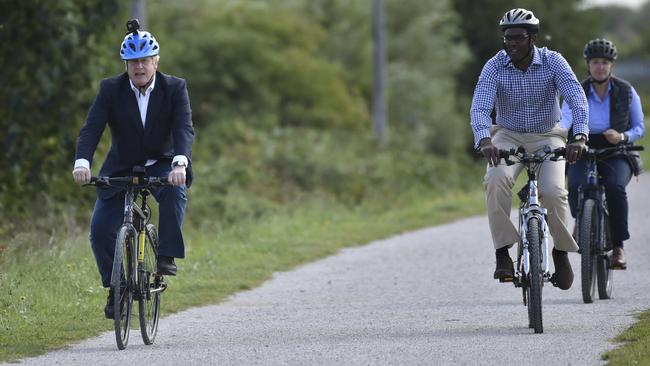
But is cycling really the answer to waistline woes and will it bring about the desired results? Here we ask the experts for their insight on everything pedalling can (or can’t) do for our health:
It won’t build your bones
Bone is a living tissue that reacts to increases in loads and forces by growing stronger. For exercise to increase bone strength it needs to involve shifting your body weight off the ground with series of jumps and jolts — and cycling doesn’t do that, says Dr Karen Hind, a researcher in bone health at Durham University’s department of sport and exercise sciences.
In studies on elite cyclists Hind found the bone density of female cyclists’ spines was 6 per cent lower than average and in male cyclists it was 9 per cent lower.
“Sitting on a bike, you have none of this impact loading for the bones,” Hind says. “It is a great activity for developing cardiovascular health, but not for improving the strength of your skeleton.”
You would need to include some weight-bearing activity — lifting weights, skipping, running — to boost your bones.
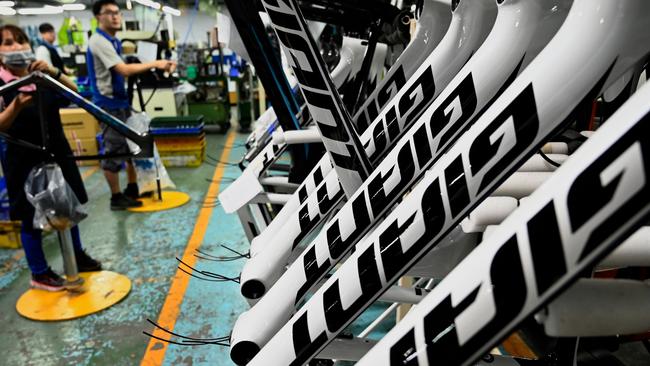
It’s not as pricey as you think
Cycling is often perceived as a middle-class exercising option thanks largely to the rise of Mamils (middle-aged man in Lycra) and their love of costly figure-hugging clothing and expensive bikes. Yet cycling may be cheaper than you think. You can realistically wheel away with a bike and outfit for $1000 — which is probably better than what you spend on a gym in a year.
You won’t get results overnight
Dr Rob Edinburgh, a human physiology researcher at the University of Bath, says the precise number of calories burnt in any activity depends on your body weight and intensity. The heavier you are, the more energy it takes to move your frame — which is partly why any exercise feels like hard work when you have a lot of weight to lose. In a given hour at a given pace, cycling is a good calorie-blaster, but not the most super-efficient.
“If someone weighs 100kg and cycles at a moderate speed for an hour, it would give them an energy expenditure of 500 calories,” Edinburgh says. “Brisk walking for someone of the same weight would use 400 calories and jogging 700 calories per hour.” By this equation, three 60-minute bike rides a week would use up 1500 calories.
“When you consider that the average person consumes one million calories a year, it is clear that activity alone won’t have a massive impact on someone with a lot of weight to lose,” Edinburgh says. “You need to gradually make those bike rides longer or faster to include more general activity every day and to reduce the amount of calories you consume.”
You’ll probably need to cycle three times further than you run
As a general rule of thumb, if you run 1km with moderate effort, you’d need to cycle 3km at that same effort level for similar outcomes. So a gentle bike ride of 12km is the equivalent of a gentle jog of 4km in terms of cardiovascular fitness. “For an overweight or obese person who would struggle to run very quickly to start with, I would say a ratio of 2:3 is probably closer,” Edinburgh says. “But you would have to cover more ground on a bike to get the same outcome from running at a similar intensity.”
Adding hills or sprint training can transform your cycle into a more time-efficient workout, says Professor Mathew Wilson, the head of sport and exercise medicine at the Institute of Sport Exercise and Health at the Princess Grace Hospital.
“Aim for 10 to 30 seconds of hard sprinting on your bike, with the recovery to make up a full 60 seconds — so if you sprint for 20 seconds, take 40 seconds’ recovery,” he says. “Alternatively, find a hard hill and just cycle up and down it five or six times as the effort required will maximise your calorie burn in a short time.”
Body-wise, it only does half the job
“Cycling powers your quadriceps and gluteal muscles and to a lesser extent the muscles in the lower leg, but not the upper body,” Wilson says. “If your aim is to improve cardiovascular fitness and to blast away total body fat, it will do the job, but if you want a toned upper body as well you will need to think about adding weights and resistance work.”
It is also a form of therapy
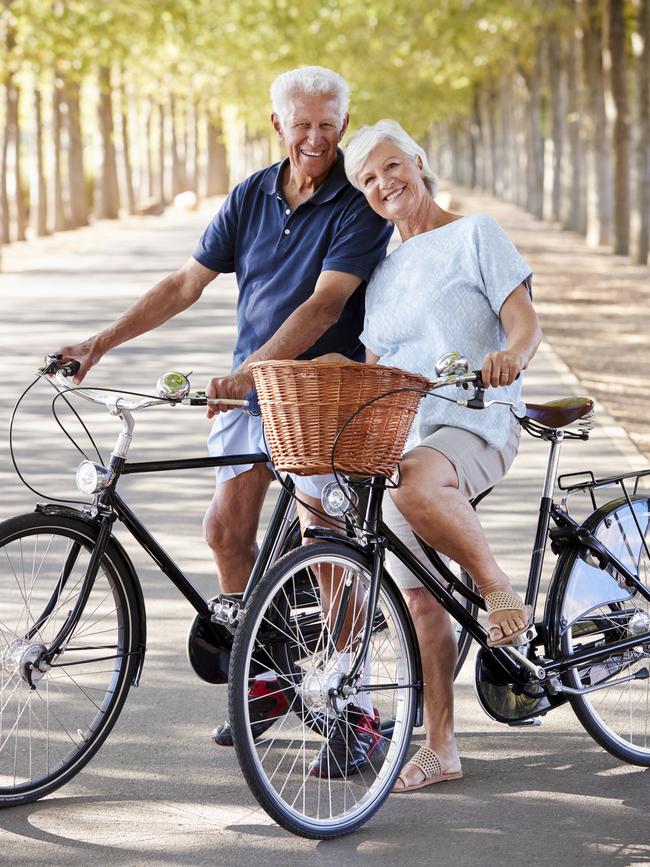
Cycling outdoors for an hour a week brings huge stress-relieving benefits, according to exercise psychologists at the University of East London. In a 2016 paper they analysed 11 men aged 34 to 52 who had two years’ experience of “green-cycling”, for a minimum of an hour a week, through green spaces and the countryside. None of the men said they were motivated by competition, but by their improved stress levels, which were a result of “getting away from it all” on their bikes.
“Cycling helped them cope with the mental challenges associated with their lives,” says James Beale, the psychologist who led the research. “Green-cycling merges the essential qualities of natural surroundings — aesthetics, feelings of calm and a chance for exploration — with the potential for physical challenge that resulted in better mental health.”
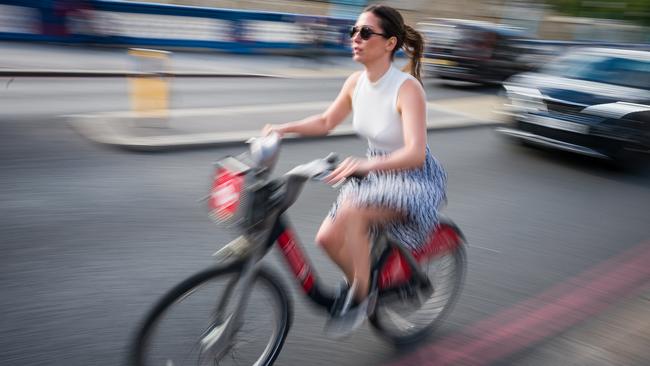
Cycling’s benefits can outweigh the negatives of pollution
There’s no escaping some potentially harmful airborne particles, particularly when you cycle in cities. Sticking to quieter side streets or planning to use dedicated cycle routes can help to reduce exposure to pollution, as can wearing a facemask, but even if you do cycle through urban areas, there is evidence that the health benefits of pedalling offset some of the pollution risks.
A 2016 study led by researchers from the Centre for Diet and Activity Research and Medical Research Council Epidemiology Unit at the University of Cambridge reported that even in Delhi, one of the most polluted cities in the world, people would need to cycle more than five hours each week before the pollution risks outweighed the health benefits. Although researchers did say that “a small minority of workers in the most polluted cities, such as bike messengers, may be exposed to levels of air pollution high enough to cancel out the health benefits of physical activity”, in most cases there are huge benefits to cycling in spite of air quality.
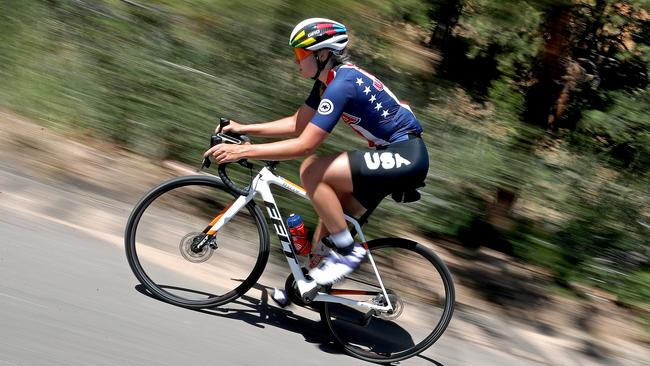
You’ll need to put in 45 minutes of hard effort
If you really want to lose weight on your bike, you are going to have to work hard. “You need to overload your system to get results,” says Jim Pate, a senior physiologist at the Centre for Health and Human Performance in Harley Street, London. “Your body has about 45 minutes’ worth of carbohydrate stored as glycogen and the idea is to burn up all the sugars you have available for fuel by pushing yourself to the point of fatigue in that time.”
It will boost your immunity
A 2018 study of older cyclists found they age better than the rest of the population — their body fat and cholesterol levels didn’t increase with age and, in men, testosterone levels, which usually dip with age, remained high. They also have a more youthful immune system. An organ called the thymus, which makes T cells needed for healthy immunity, tends to shrink with age, but Professor Janet Lord, the director of the Institute of Inflammation and Ageing at Birmingham University, reported in the journal Aging Cell that long-term amateur cyclists aged 55 to 79 who underwent laboratory tests were shown to produce as many T cells as young people.

It’s gentle on your joints
Because it is non-weight-bearing and your excess pounds are supported by the saddle, cycling, like swimming, is a good place to start if you are concerned about your joints.
“People need to be mindful not to overload their knees, hips and ankles too much when they start exercising as if they are carrying a lot of extra weight it can lead to overload injuries,” Pate says. “Generally, people can improve their fitness levels much more sharply through regular cycling than with pounding and jarring activities just because they are able to keep going for longer in more comfort.”
But your knees might suffer
Cycling is kinder to the knees than running — but cyclists are not immune to knee problems. Usually, they are a result of the saddle being positioned at the wrong height, which causes the hips to tilt and knee flexion to increase. The result is irritation of the patellofemoral area right at the front of the knee.
“One of the most common causes of injury with recreational cyclists or newcomers to the sport is a badly positioned saddle,” says Phil Burt, a former head of physiotherapy at British Cycling.
“Set your saddle to be level with your hip bone. You should have a ‘soft’ knee with not too much knee bend. Set your handlebars about level with your saddle.”
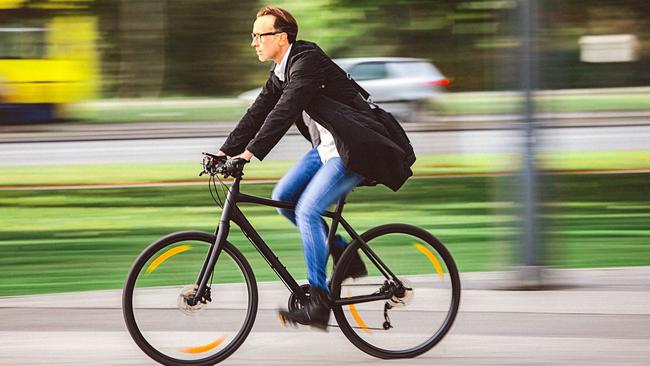
It probably won’t damage men’s sexual health
Male cyclists concerned that too much time in the saddle will affect their performance in the bedroom can rest easy. Some researchers have found that microtrauma to the perineum and pressure from saddles decreases blood flow to the penis, causing temporary erectile dysfunction. However, a 2018 study in the Journal of Urology involving 2774 male cyclists, 539 swimmers, and 789 runners found their sexual and urinary health to be comparable. High-intensity cyclists had overall better erectile function scores than low-intensity cyclists and standing out of the saddle more than 20 per cent of the time while cycling significantly reduced the odds of genital numbness.
Intense cycling has also been shown to increase levels of prostate-specific antigen in the blood for 24 hours. A 2014 study by researchers at University College London suggested that men over 50 who cycled more than nine hours a week were at a raised risk of prostate cancer. However, the researchers said there was no cause-and-effect and that the male cyclists had a cancer rate three times lower than that observed in the general population. “Selecting a saddle that reduces pressure on the genital area can be helpful for men,” Burt says.
It beats walking to work
Taking Johnson’s advice and cycling to work could help you live longer. In a 15-year study published in the International Journal of Epidemiology in January, researchers from the University of Otago, the University of Melbourne and the University of Auckland found cycling commuters had a 13 per cent reduction in mortality. Analysing data from 3.5 million people, 80 per cent of the working-age population of New Zealand, Dr Caroline Shaw, from the department of public health at the University of Otago, says the study found no association between walking to work and a reduction in mortality.
The Times
More Coverage
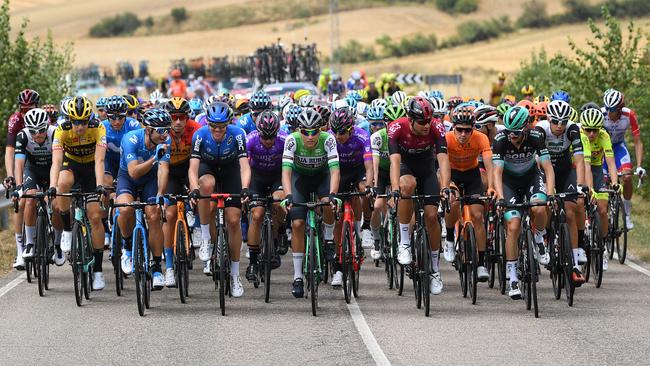


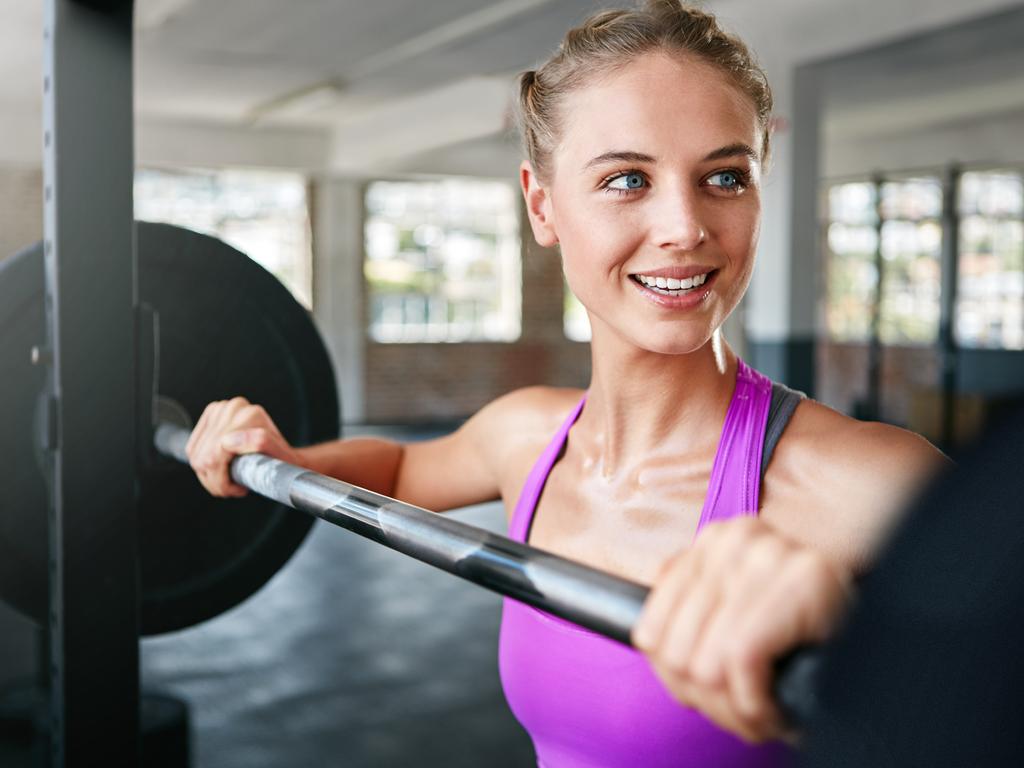

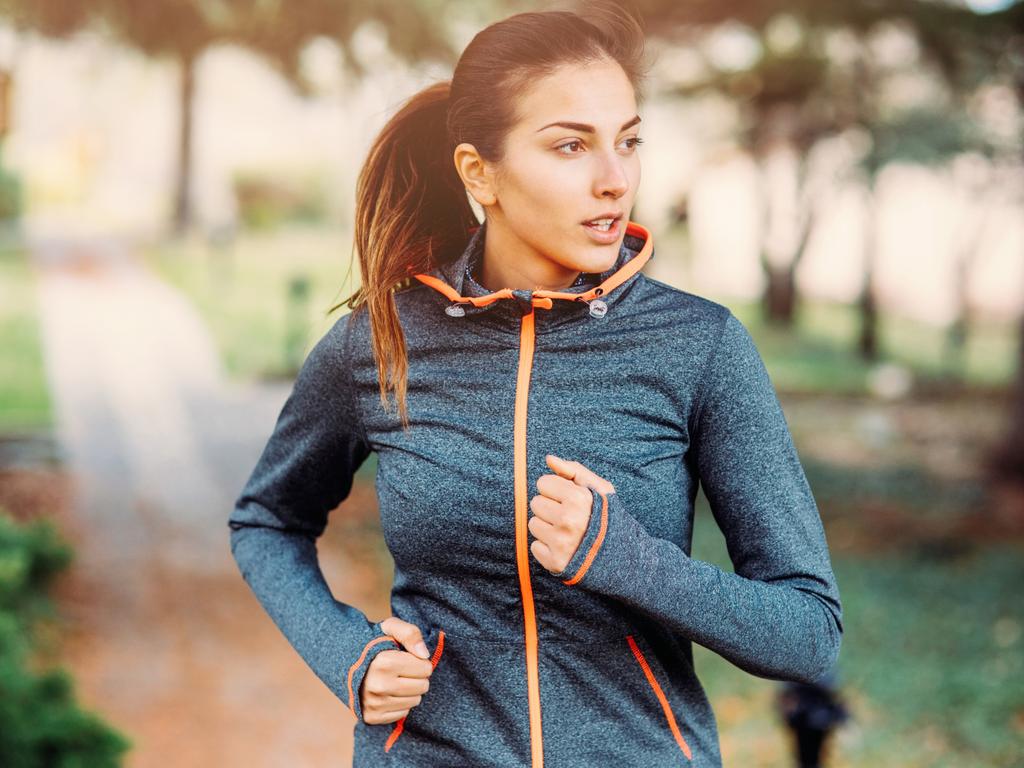


To join the conversation, please log in. Don't have an account? Register
Join the conversation, you are commenting as Logout